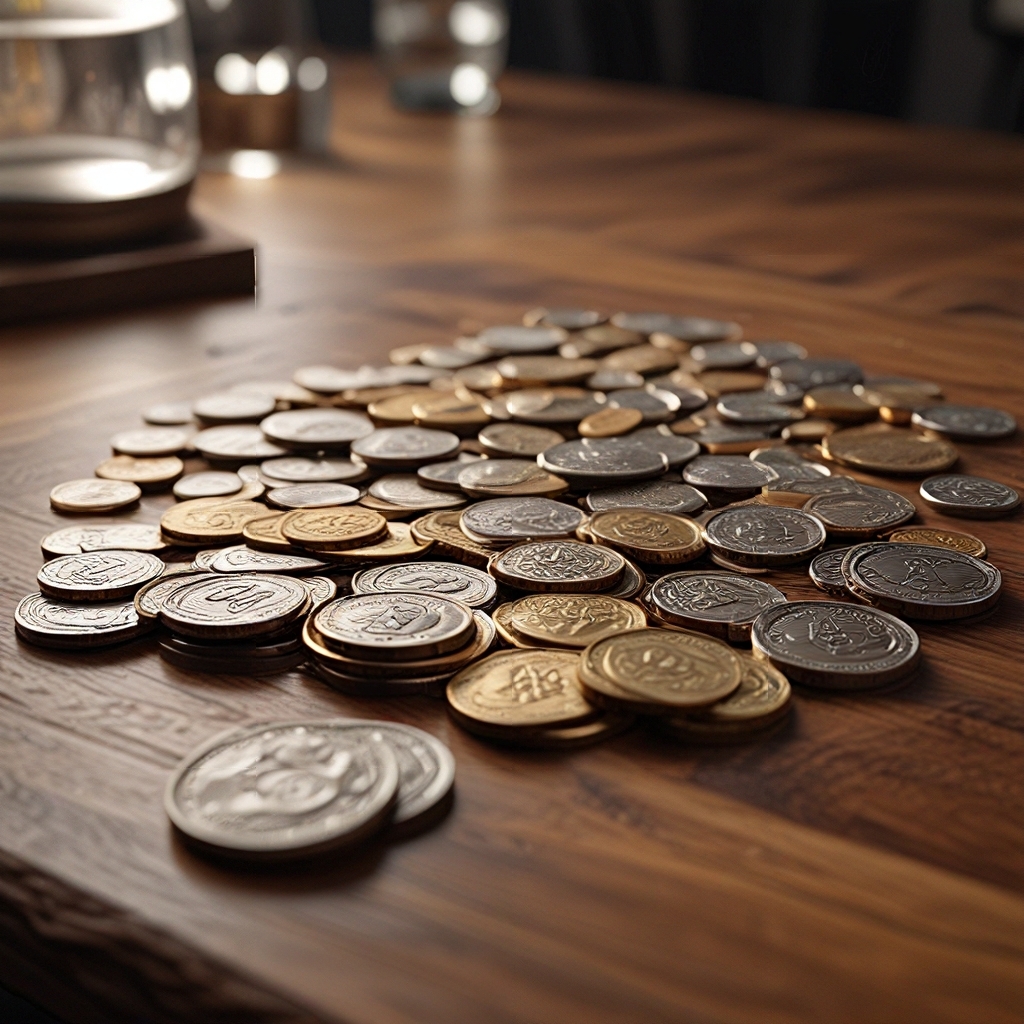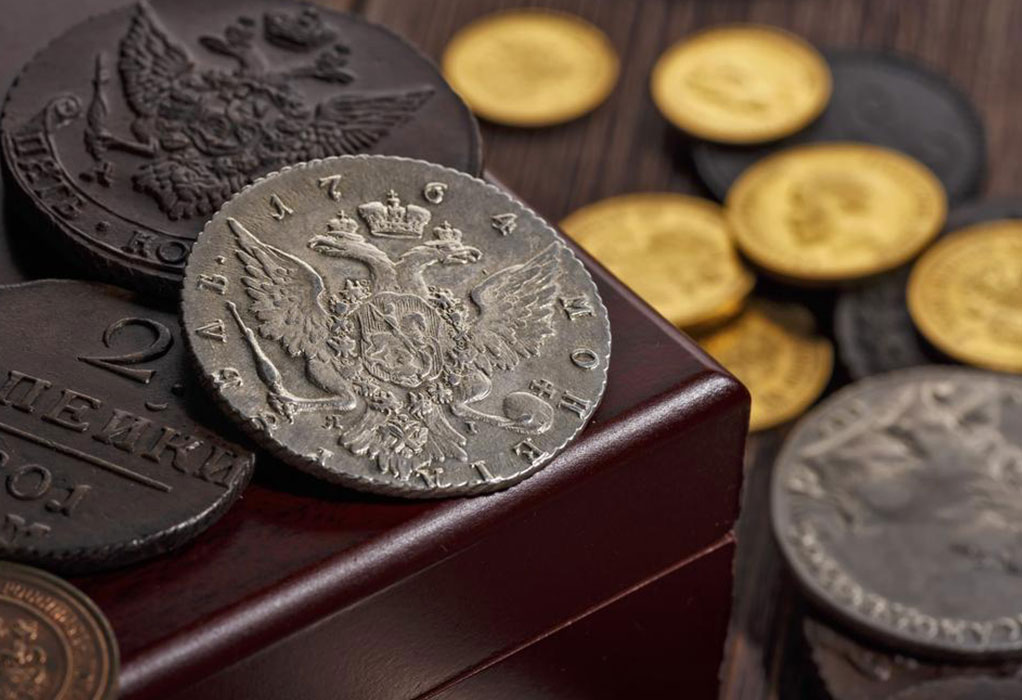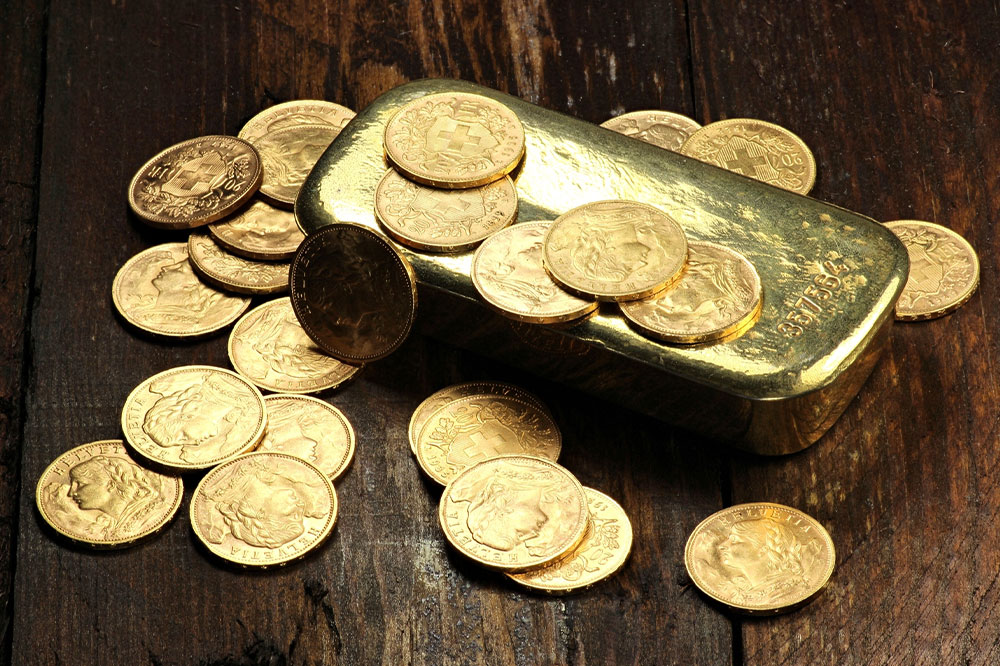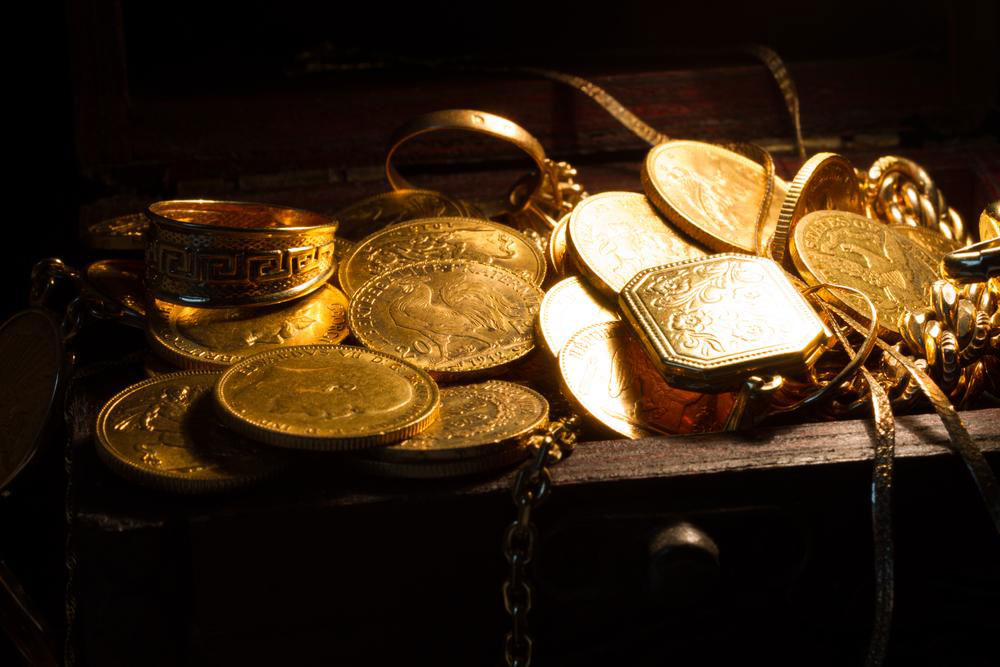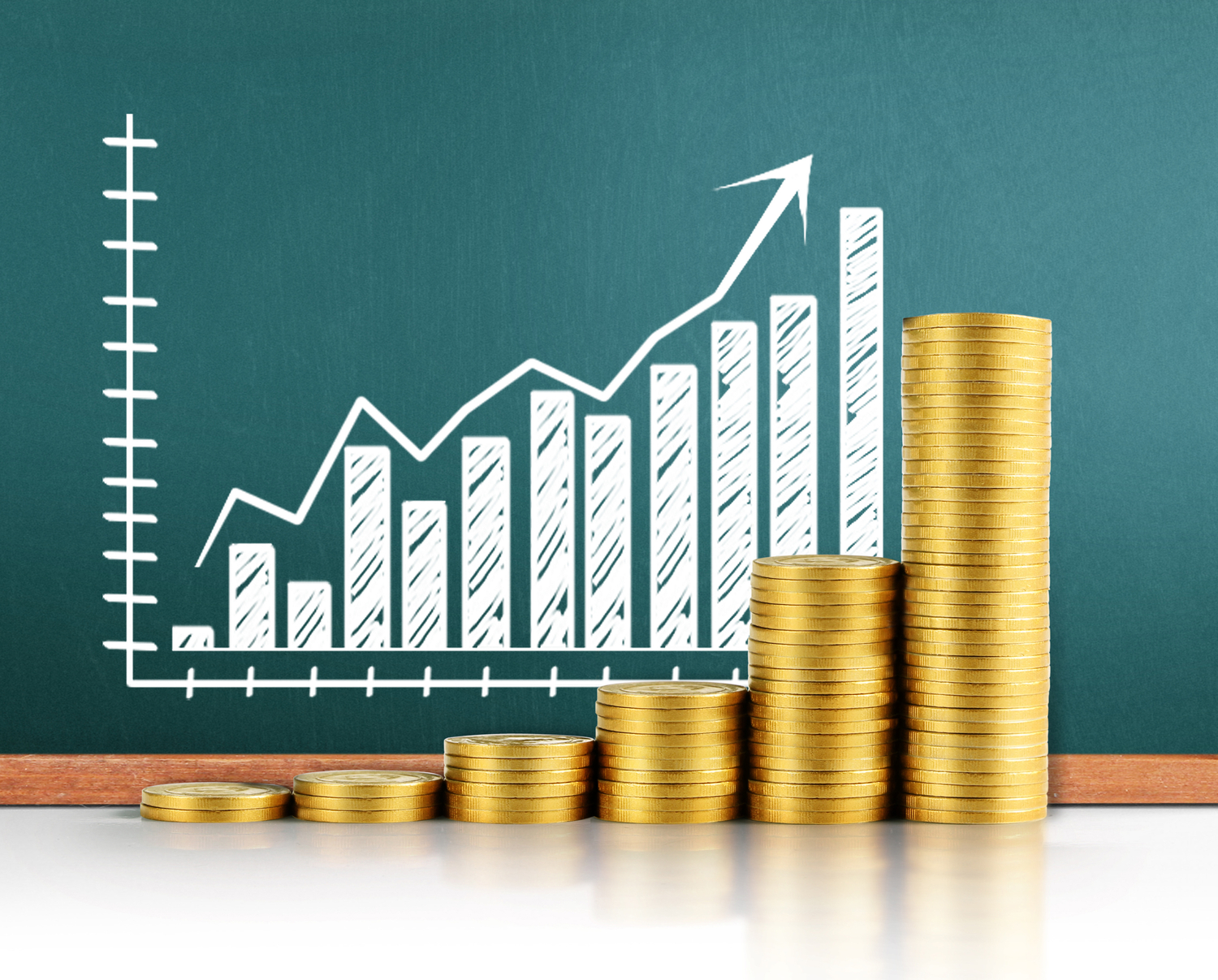Understanding Silver Coins: Varieties and Methods to Assess Their Worth
Explore the diverse types of silver coins and learn effective methods to determine their value. From bullion to numismatic coins, understand how factors like condition, rarity, and grading influence their worth. This comprehensive guide aids collectors and investors in making informed decisions about silver coin investments, offering insights into valuation, preservation, and grading processes to maximize profitability and authenticity.
Sponsored
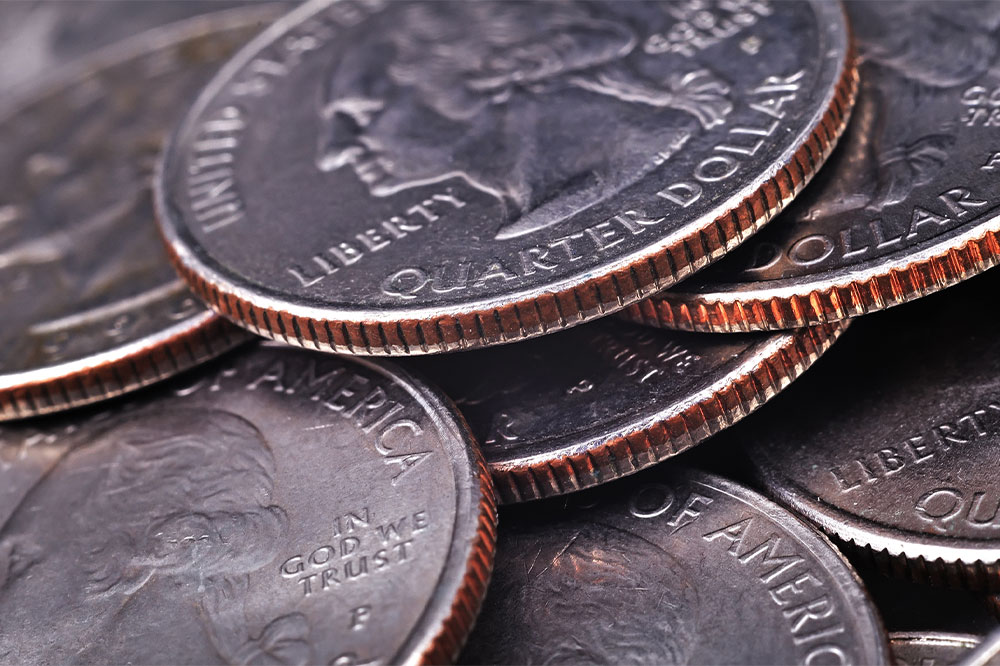
Silver coins' value depends on several factors, including the silver content and rarity. Silver dollars, typically composed of at least 90% silver, can range in value from $20 to thousands of dollars. These coins often feature meaningful symbols and commemorate important events or figures. If you're interested in trading or collecting silver dollars, it's important to understand what influences their worth.
Most silver dollars contain 90% silver and 10% copper, making them sought-after collectibles and investment staples. Their unique designs and historical stories enhance their appeal.
Determining the precise value of your silver coin can be complex, given the numerous valuation charts available.
Types of Silver Coins
Bullion Coins
Made predominantly from precious metals like silver, bullion coins are considered investment-grade and are produced from highly refined silver. They often carry a government-issued face value and are also called “sovereign” coins, backed by the government.
Junk Silver
Coins such as pre-1964 quarters, dimes, Morgan dollars, and Franklin half dollars with 90% silver content are classified as junk silver. These circulated coins are popular among investors for their silver content and usability as barter assets.
Some collectors favor antique coins made of precious metal, which have circulated historically. Junk silver's advantage lies in its liquidity and usefulness in barter transactions.
Numismatic Coins
Coins classified as numismatic are rare or special edition coins bought by collectors. Their value is driven more by rarity, condition, and demand rather than just silver content. Such coins can fetch premiums that vastly outstrip their silver value, sometimes reaching millions of dollars.
Rounds
Private mints produce round silver coins that mimic government coins but usually feature lower premiums. They hold the same face value and are often of high quality, making them a popular choice among investors and collectors.
Reasons to Invest in Silver Coins
Silver coins offer several advantages: they’re tangible assets that retain value over time, free from counterparty risk, and highly liquid—easily bought or sold globally. Their value often remains stable even in economic crises, making them a reliable investment compared to other collectibles like art or jewelry.
How to Assess Silver Coin Value
Getting an expert appraisal is recommended, but understanding basic valuation factors can be helpful. The year of minting and the mint mark greatly influence a coin’s worth as these identify its origin and rarity.
Condition and Preservation
Uncirculated coins in pristine condition command higher prices. Well-preserved coins with minimal wear tend to be more valuable than those with circulated damage.
Impact of Cleaning
Cleaning coins can diminish their value, reducing their surface appeal and potentially causing surface damage. It's best left to professionals if cleaning is necessary.
Professional Grading
Coin grading by services like PCGS and NGC provides a certified condition rating. Coins graded higher, especially by PCGS, often have greater market value, as grading standards vary between agencies.

